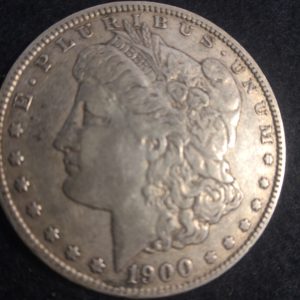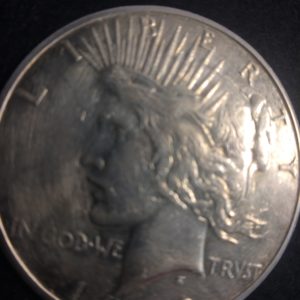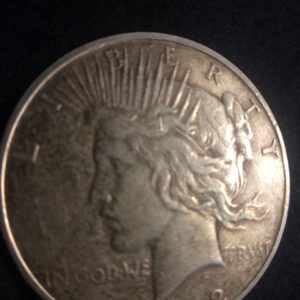Currency
New Additions To Our Collection
Highly Collectible
Numismatology, or the collection and study of money, is an immensely popular hobby across the world. Many collectors enjoy the pursuit of historically significant items. Plus, coins and banknotes only increase in value with time, which makes them a great investment for your future.
We have a large inventory of professionally graded and ungraded banknotes with universal appeal to collectors of all levels. If you have any questions, or if you’re looking for a specific note, please feel free to contact us for more information.
Grading Coins and Banknotes
As many numismatists are aware, coins and paper money are “graded” in order to determine their market value. The grading process for a coin includes examining how well it was initially struck, the quality of its preservation, and how much wear and tear the coin has sustained. Paper currency is typically graded according to the accuracy of a bill’s printing and whether it shows evidence of handling and circulation.
Most coins are evaluated according to the Sheldon Scale, a 70-point scale established in 1948 that sets internationally recognized standards for grading. Paper currencies are graded according to the Paper Money Guaranty (PMG) scale, derived from Sheldon’s system.
Both coins and banknotes receive an adjectival and numeric grade. For coins, this ranges from P 1 (Poor quality, with barely identifiable features) to MS 70 (Mint State in perfect condition, with no microscopic flaws, a sharp strike, and outstanding visual appeal). For banknotes, bills under G 4 (Good, but heavily circulated with numerous problems) are typically not collected, while notes receiving 70 EPQ (Excellent Paper Quality with no visible signs of handling and accurate printing) are at the top of the scale. There are very few notes that have received a grade of 70 in existence.
The grades 65 through 70 are reserved for Gem Uncirculated Notes, which are very rare. Notes graded from 64 through 4 are more common in the collecting world, with 35 to 40 consisting of Extremely Fine notes and 25 to 30 ranking as Traditional Fine. With a numerical grade of 30, seven to ten light folds are allowed, but only with light wear from circulation.
Although professional grading and sealing is not required in the collecting world, it lets buyers know the exact value of their notes and coins. Also, it removes any fear of purchasing counterfeits or treated banknotes.



